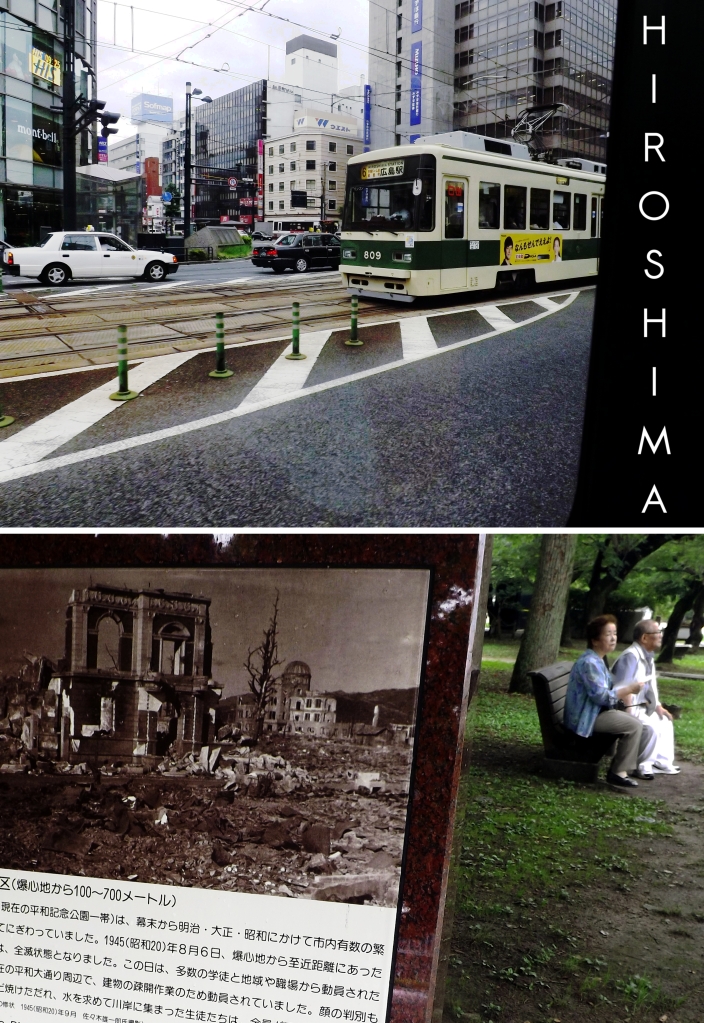Taking the ferry from Helsinki to Talinn, Estonia was, of course, much shorter than the hours-long one from Stockholm to Turku, Finland, so we didn’t even bother with a room. We just sat at a table by one of the windows.


The ferry trip was short and pleasant – except for the music, which was quite loud and grating. A Finnish rock group was making a train wreck of Hotel California. Added to that the vocalist and instrumentalists apparently couldn’t agree on a key.

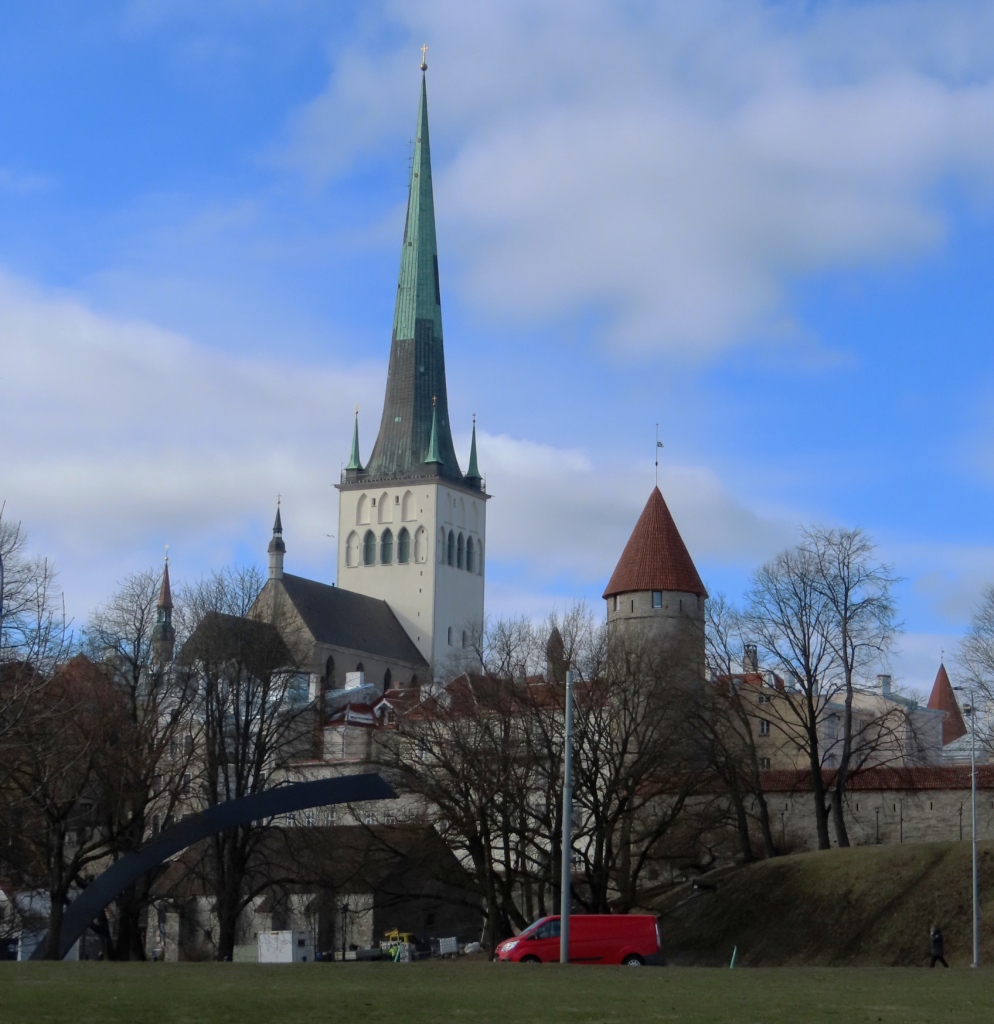
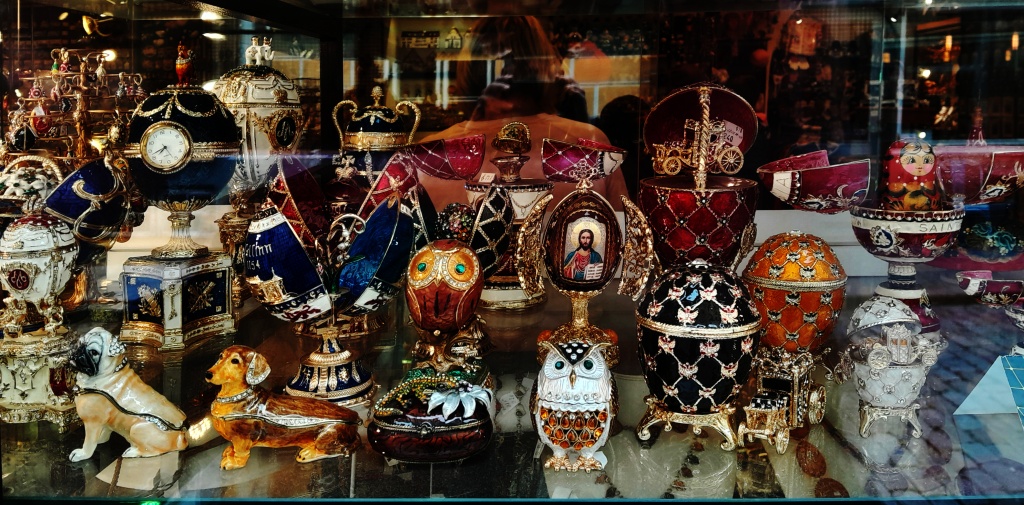

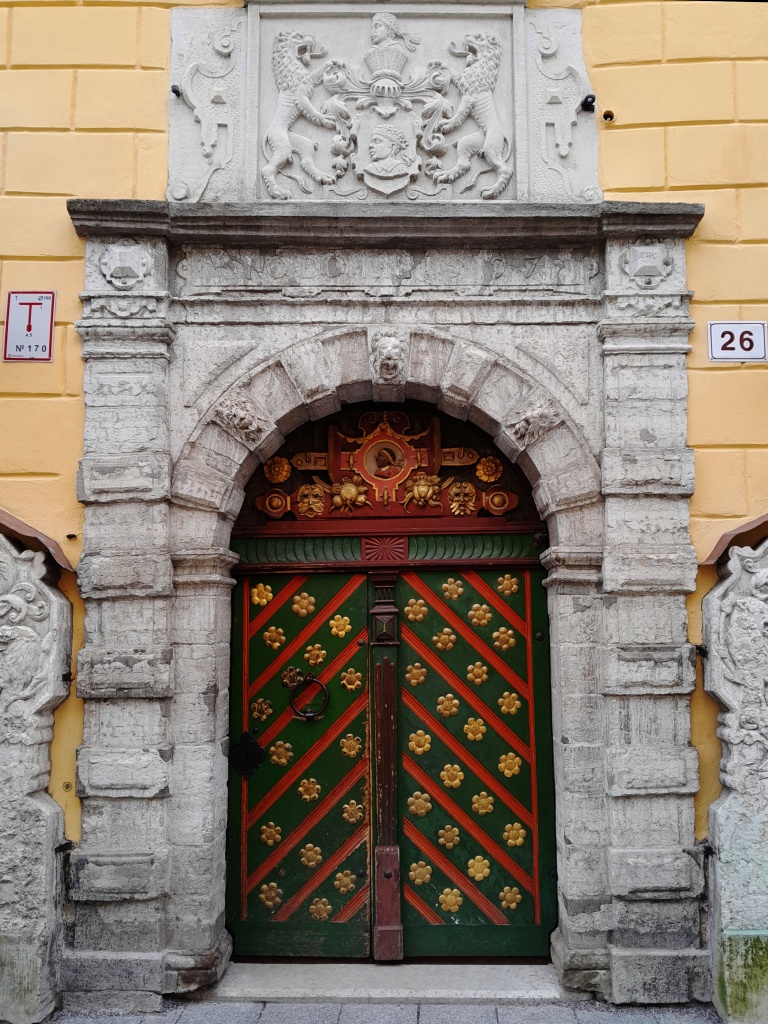
The door was painted in the early 1640’s but the building itself is much older.
Who are the Black Heads? They are named after their patron saint, the Egyptian Saint Maurice. You can see his portrait over the door. This is not the only Black Heads building. We later came across an even more impressive building of that name in Riga, Latvia. (More on that in a later article).




But the people are interesting. I am always interested in the ethnicities of a place. The three largest groups in Talinn are:
Estonians 233,518 53.34%
Russians 149,878 34.23%
Ukrainians 15,449 3.53%
(From 2022, Wikipedia)




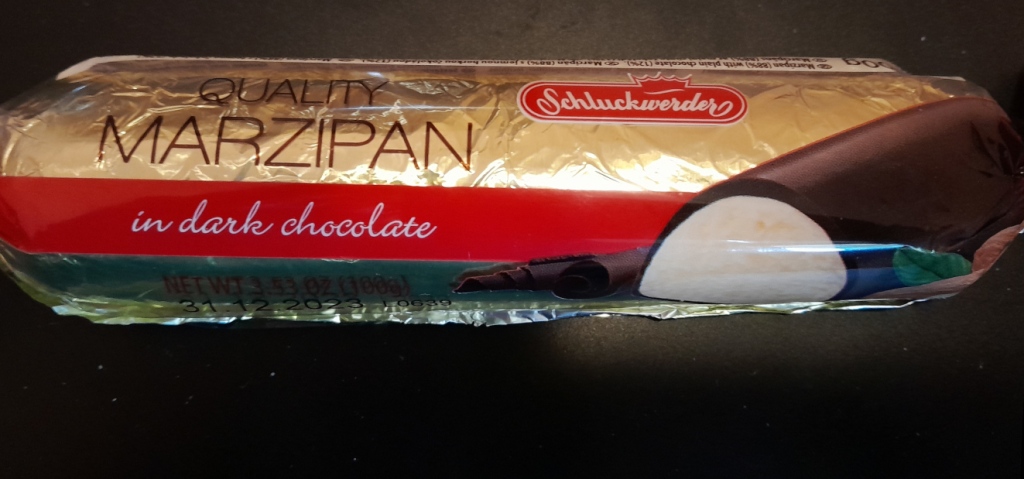
Did I say “candy“? Marzipan (“March Bread“) was first considered a medicine, known as “Panis Martius“. It also appeared in Shakespeare’s “Romeo and Juliet“. A servant at work in Capulet’s house says:
“Away with the joint-stools, remove the
court-cupboard, look to the plate. Good thou, save
me a piece of marchpane;”
Next: Riga, Latvia
